My eulogy about the Ganapatipule beach shouldn’t leave you thinking there isn’t much else to do when there. On the contrary, there are quite a few interesting places which should be a part of your must-visit list when in Ganapatipule. For the starters, there is the famous Ganapati temple right at the beach. And then there is Jaigad and Ratnagiri, both about 25 kms on either side of Ganapatipule, which, we insist, you must drive to.
Ganapati Temple: That’s what most people go to Ganapatipule for. Thronged by thousands for its unique deity called the Swayambhu Ganpati referring to its self-origination, the temple is open to devotees almost throughout the day.
Sight-Seeing in Jaigad
As I said, Jaigad is about 20-25 kms away from the Ganapatipule town. The drive is completely by the sole coastal road, and passes by smaller beaches and little hamlets that have the quintessential mud and stone houses.
Jaigad Fort: This is the most popular draw in Jaigad — The fort that overlooks the sea, straight out of the Enid Blyton story books. Only that this fort belonged to the Sultan of Bijapur way back in the 18th century. Now, in complete ruins, you can climb the stone stairs from various parts of the fort and take a round its perimeter for a lovely view of the sea and the surroundings. We, thankfully, went in November when the tall grasses inside the fort had dried and turned brown. Besides the lovely colours they gave to our photographs, I was also somewhat relieved that this would perhaps keep the snakes, other reptiles and insects away! The fort is open from morning until evening and on almost all days. They charge a nominal fees at the entrance.
Jaigad Lighthouse: The lighthouse is about a 2-3 km drive from the Jaigad Fort. While the Fort is on one side of the Power Plant, the approach to the Lighthouse is from the other end. Ask the locals and they will guide you. And do not worry about getting lost. There is only one road – no way you will get lost. The Jaigad Lighthouse has specific timings. They also charge a nominal entrance fees, and the person in charge will take you right up to the top of the Lighthouse from where you get a 360 degree view of Jaigad and the sea. Very very awesome. Photography inside the Lighthouse is prohibited, since this is a fully functional lighthouse.
Karhateshwar Mandir: We aren’t the types who visit temples for the sake of religion. We do it for the sake of history and architecture. Exactly the reason why we went to the Temple, very close to the Jaigad Lighthouse. A Shiv temple built of wood, the temple is extremely simple which is why there is certain warmth about it. Mostly a local temple, it is open throughout the day.
Sight-Seeing in Ratnagiri
Ratnagiri, too, is about 20-25 kms from Ganapatipule. And is one helluva drive, by the coast and fishing villages, and through acres and acres of mango orchards. You are officially in the Mango Kingdom when in Ratnagiri.
Thebaw Palace: Truth be told, we were completely unaware of the history behind the lovelyThebaw Palace – that a Burmese king and his wife had been made prisoner by the British and brought to Ratnagiri where he was given a palace to stay in so that the Britishers could rob Burma of its famed teak wood. And no, we haven’t read Amitav Ghosh’s The Glass House yet. Which is why we were mighty surprised with the Palace. Bright red, in massive, unmaintained grounds, 3-4 rooms at the rear have been converted into a museum that tells the history of the Palace and its times.
Ratnagiri Fort: The next major attraction in Ratnagiri is the imposing fort that literally rises from the sea. Stretching to about 2km, the fort is in the form of a horse-shoe and has a Hanuman temple. On the wing that has the temple, you can see a part of the Ratnagiri town from the fort’s rampart. If you have time in your hands, we’d advice you to go for a trek/walk from one end of the fort to the other.
Ratnagiri Aquarium & Museum: The aquarium houses the usual round of underwater marine life such as turtles, seahorses, eels, barbs etc and a giant skeleton of a whale in one section, and a whole lot of dead fishes in bottles and shells in another section. Frankly, it isn’t a marvellous aquarium, but children like them anyway. We went for our daughter. She liked the place. Which was more than enough for us. I personally liked the real plants section and wished I could replicate some bit of it back home. Remember, they charge an entrance fee at the aquarium too, but nominal..
Aareware Beach: You will see this beach when you drive from Ganapatipule to Ratnagiri. We decided to stop by on our way back. The beach is certainly longer than the Ganapatipuule beach. And just as beautiful and pristine. But the best part about this beach is that there are hardly any tourists here. Only local kids play cricket/football here, while a few hopeful souls cast their net to catch crabs. We took a stroll here, waited for the sun to descend into the sea and discovered beautiful floral designs made by little crabs in the beach. Their constant go in and out of the holes make little balls of sand that come together in seemingly floral designs. Trust nature to make beauty look so simple…
As the sun came close to the western horizon, we drove up to the cliff overlooking the AarewareBeach upto where a local sells tender coconut water. Replenishing ourselves with the sweet water, we took our vantage positions in the grass and waited for the sun to call it a day. Yet another of our ‘most beautiful sunsets’ this, we sat there in peace and contentment, until the sea had swallowed the sun and we could see it no more. The sky, rendered red, orange, lilac from the Magician’s bag, bade us Goodbye…
Also read: Where & What to eat in Ganapatiphule
*****************
Plan your Ganapatipule holiday with help from our detailed posts at — A Beach-Holiday in Ganapatipule (Maharashtra,India)


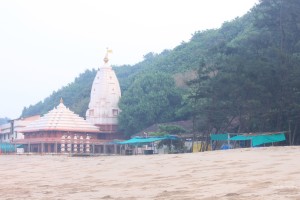
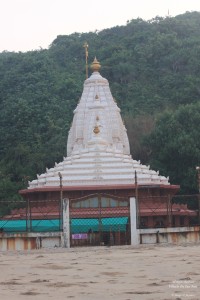
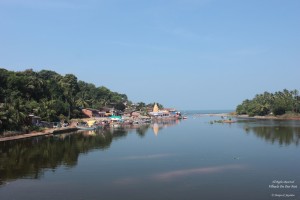
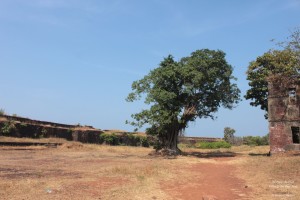
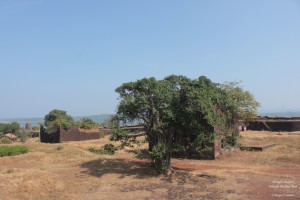
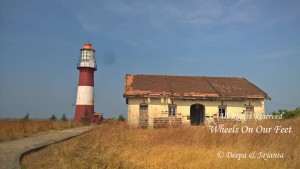
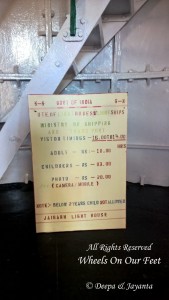
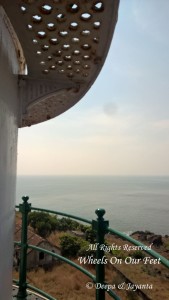
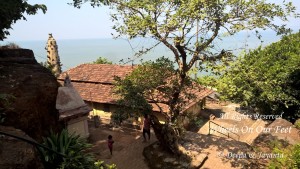
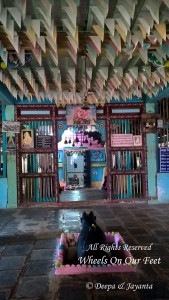
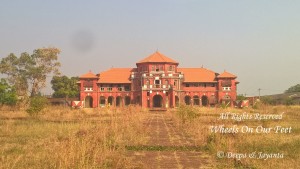
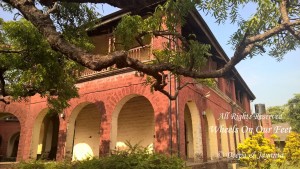
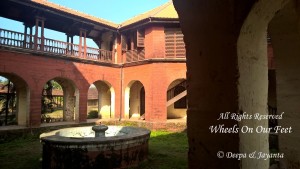
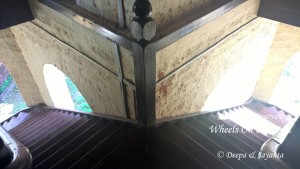
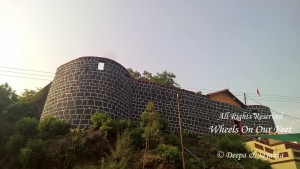
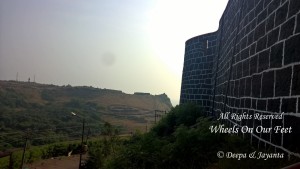
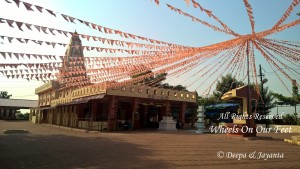
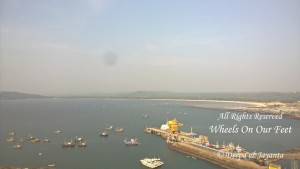
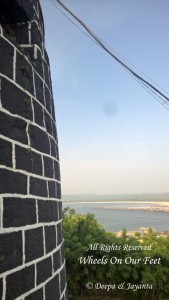
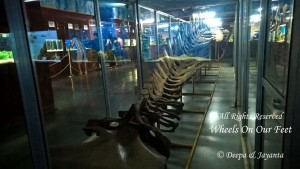
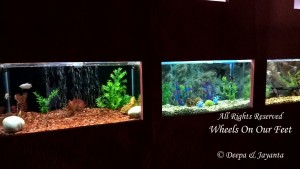
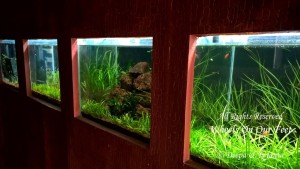
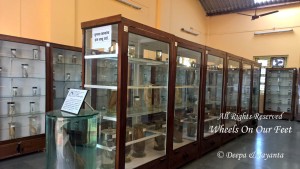
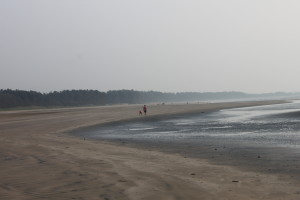
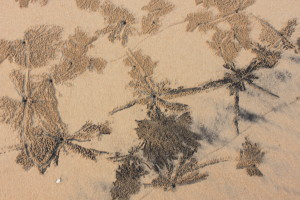
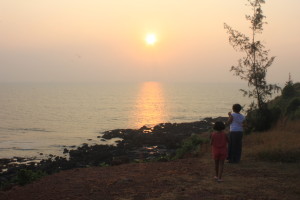
Pingback: Where and What to Eat in Ganapatiphule | Wheels On Our Feet
Pingback: A Beach-Holiday in Ganapatiphule (Maharashtra,India) | Wheels On Our Feet